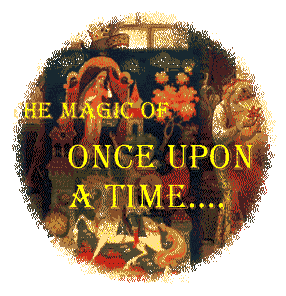|
Narrative Logo - Click for Main Menu Archaeoastronomy February, 2010 Normally, about this time, we would start reading one of two books by Edward Krupp, an expert on ArchaeoAstronomy, either *Echoes of the Ancient Skies* or *Beyond the Blue Horizon.* These texts are currently out of print, but they are both excellent! [You might be able to secure one of these on Amazon.com used or at a used-bookstore.]In place of a text on ArchaeoAstronomy, I have prepared this Web Resource for you - it has links to many of the good sites on the WWW that cover some of the same material. We won't be formally studying our folklore links to the ancient skies until unit #VI, but the kinds of tales that involve the cosmos are so important to our understanding of the history of folklore, it's important to start reading about them now! The actual science of ArchaeoAstronomy is conducted by scholars who have a strong background in Astronomy and its complex calculations. They need to work, however, with ancient oral traditions of the cultures who have left such monuments as the Pyramids and Stonehenge. These first three sites will give you a general idea of what the archaeoastronomer does: http://www.crystalinks.com/archaeoastronomy.html http://www.archaeoastronomy.com/ this one is a little bit "out there" - but interesting http://www.book-of-thoth.com/thebook/index.php/Archaeoastronomy This next site gives a good explanation of some monuments of Ancient Egypt and their relationship to the sky http://www.antiquityofman.com/Krupp_Sphinx_Blinks.html and this site tells about the California Indians and their night sky http://www.turtletrack.org/Issues01/Co03242001/CO_03242001_Astronomy.htm
Finally, here is a list from your Web Resources site for Unit VI. The Fruit of the Nile String Figures from Around the World
|
